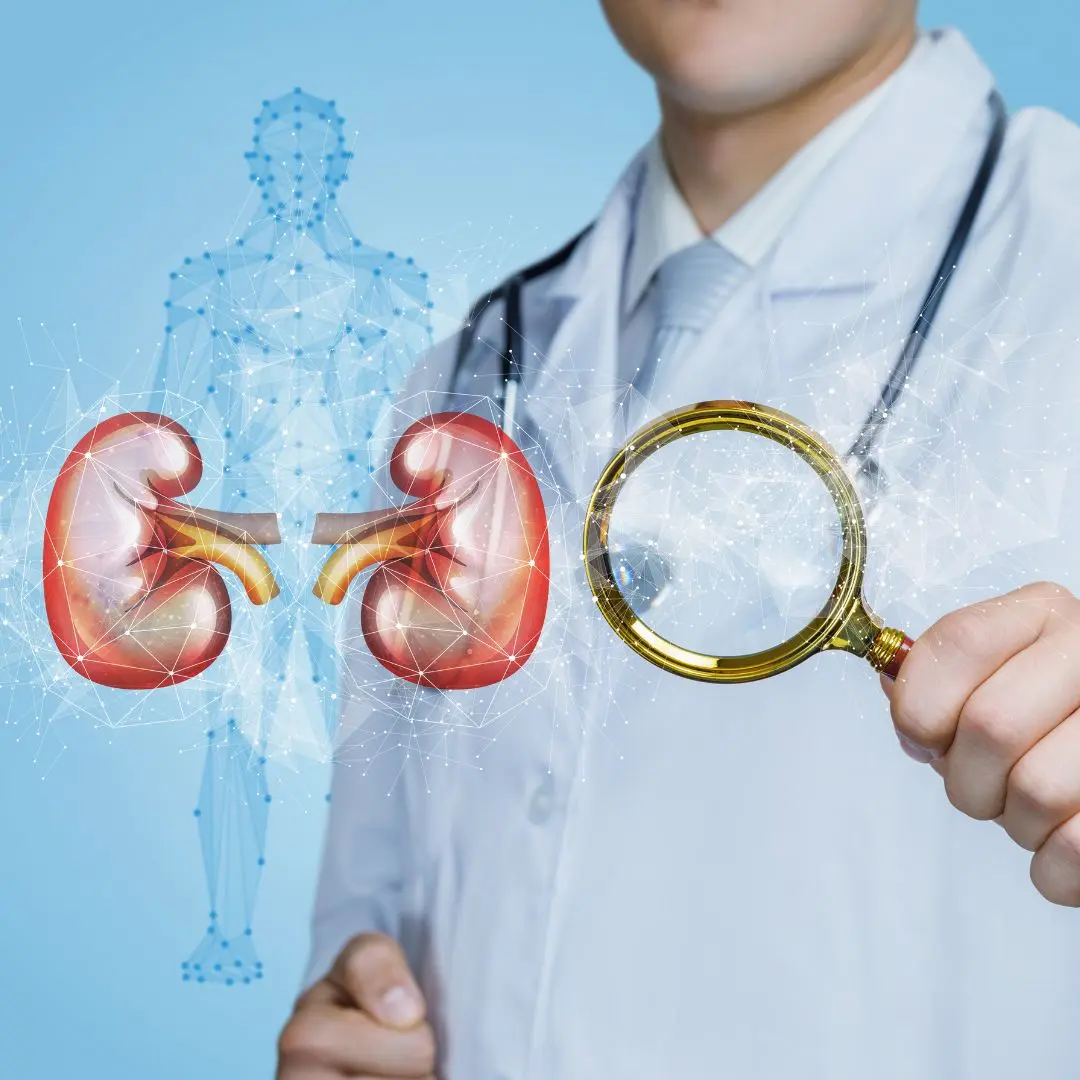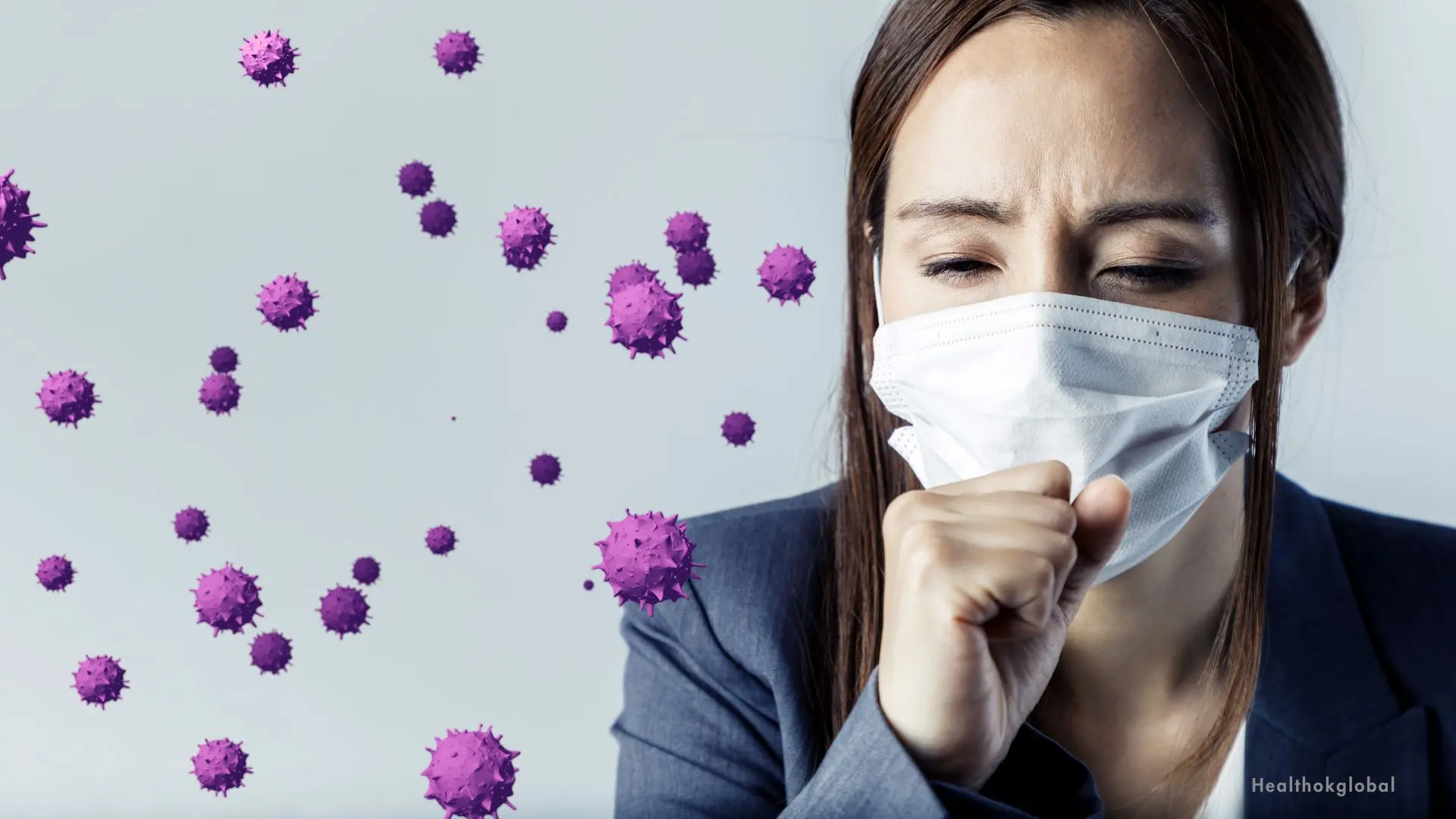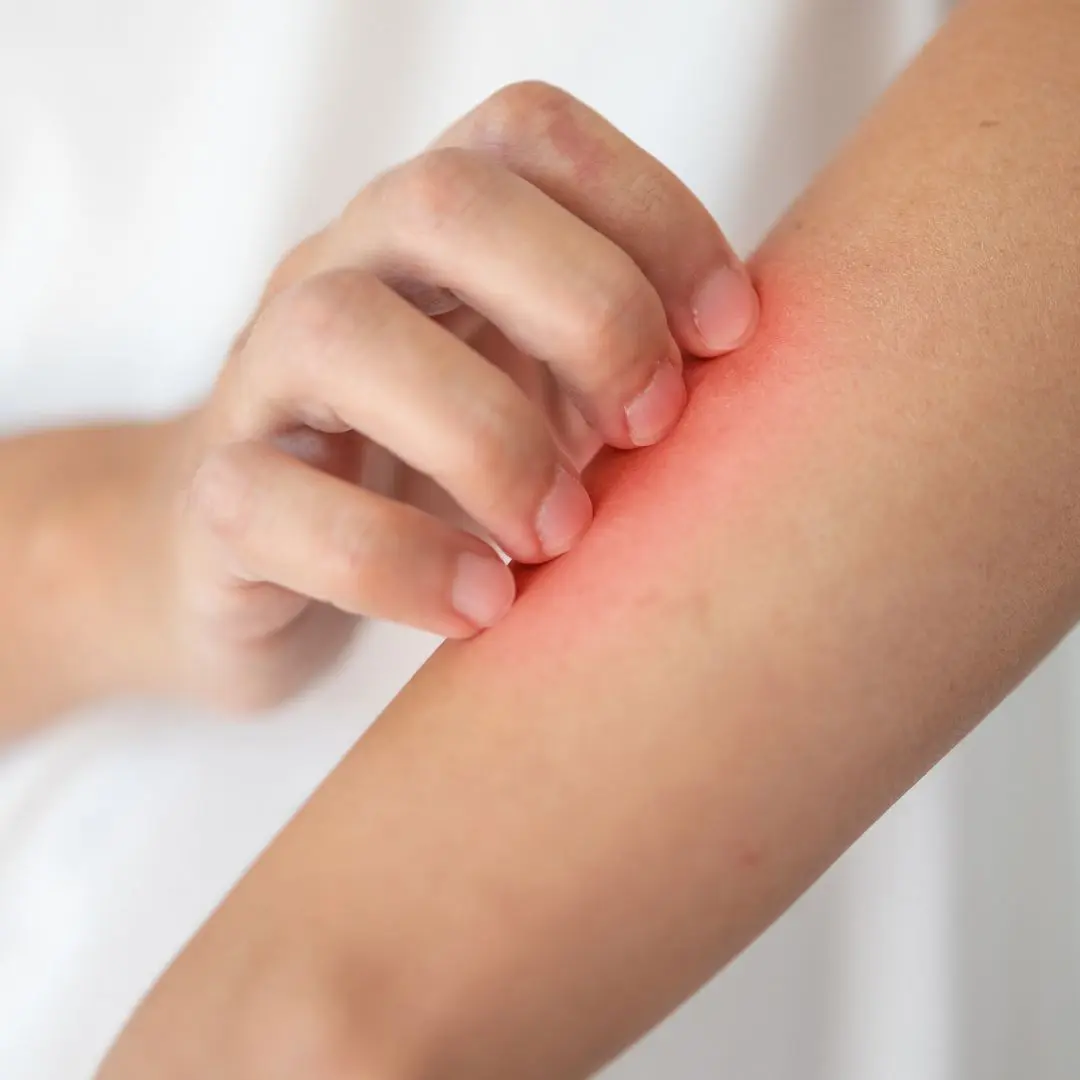Kidney disease can manifest in various ways, including changes in the appearance of nails.

Blog
Understanding Kidney Disease Nails: Signs and Treatment
Kidney disease can manifest in various ways, including changes in the appearance of nails. These changes, often referred to as 'kidney disease nails,' can provide early indications of underlying renal issues. This article explores the signs, symptoms, and treatment options for kidney disease nails and offers guidance on how to manage this condition effectively.
Kidney disease nails are characterized by specific changes in the appearance of the nails that may indicate renal dysfunction. These changes occur due to the accumulation of toxins in the body and the imbalance of nutrients caused by impaired kidney function. Recognizing these signs early can help in diagnosing and managing kidney disease more effectively.
The following are common signs and symptoms of kidney disease nails:
This condition, also known as Lindsay's nails, is characterized by the bottom half of the nail appearing white while the top half is brown or red. It is a common sign of chronic kidney disease.
These are horizontal indentations or grooves that run across the nails, often indicating a disruption in nail growth due to acute kidney injury or severe illness.
Terry's nails appear white with a 'ground glass' appearance and a reddish-brown band at the tip. This can be associated with liver and kidney disease.
These are paired white lines that run parallel to the lunula (the crescent-shaped area at the base of the nail). They can indicate hypoalbuminemia, a common issue in kidney disease.
Brittle and easily breakable nails can be a sign of nutritional deficiencies and poor overall health, often seen in chronic kidney disease patients.
The primary cause of kidney disease nails is the accumulation of toxins in the body due to impaired kidney function. When the kidneys are unable to filter waste products effectively, these toxins can affect various parts of the body, including the nails. Additionally, the imbalance of electrolytes and nutrients caused by kidney dysfunction can lead to noticeable changes in nail appearance.
Diagnosing kidney disease nails involves a comprehensive evaluation of the patient's overall health and kidney function. Key diagnostic steps include:
A thorough medical history and physical examination can help identify any underlying conditions that may be causing changes in nail appearance.
Blood tests, including serum creatinine, blood urea nitrogen (BUN), and electrolyte levels, can provide insights into kidney function and overall health.
Urine tests can help detect abnormalities in kidney function, such as proteinuria (excess protein in urine) and hematuria (blood in urine).
In rare cases, a nail biopsy may be performed to rule out other potential causes of nail changes and confirm the diagnosis.
The treatment for kidney disease nails focuses on managing the underlying kidney condition and improving overall health. Key treatment options include:
Managing the underlying kidney disease through medication, dietary changes, and lifestyle modifications is crucial. This may include medications to control blood pressure, manage diabetes, and reduce proteinuria.
A balanced diet rich in essential nutrients can help improve nail health. Patients should work with a dietitian to ensure they are getting the necessary vitamins and minerals.
Adequate hydration is essential for kidney function and overall health. Patients should drink plenty of water unless otherwise advised by their healthcare provider.
Proper nail care, including keeping the nails clean and trimmed, can help prevent further damage and infections. Patients may also use moisturizing creams to keep the nails and cuticles healthy.
Preventing kidney disease nails involves maintaining good kidney health and overall well-being. Key preventive measures include:
Regular medical check-ups can help detect and manage kidney issues early, preventing complications that can lead to nail changes.
A diet rich in fruits, vegetables, whole grains, and lean proteins supports overall health and kidney function.
Regular physical activity helps maintain healthy blood pressure and weight, reducing the risk of kidney disease.
Avoiding smoking and limiting alcohol intake can reduce the risk of kidney disease and improve overall health.
Kidney disease nails can be an early indicator of underlying renal issues. Recognizing these signs and seeking timely medical attention can help manage kidney disease more effectively and prevent complications. By understanding the causes, symptoms, and treatment options for kidney disease nails, patients and healthcare providers can work together to maintain optimal kidney health and overall well-being.
Kidney disease nails are characterized by specific changes in the appearance of the nails that may indicate renal dysfunction. These changes occur due to the accumulation of toxins in the body and the imbalance of nutrients caused by impaired kidney function. Recognizing these signs early can help in diagnosing and managing kidney disease more effectively.
The following are common signs and symptoms of kidney disease nails:
The treatment for kidney disease nails focuses on managing the underlying kidney condition and improving overall health. Key treatment options include:
Need Personalized Health Guidance?
Get expert advice tailored to your specific health needs from our qualified healthcare professionals.





